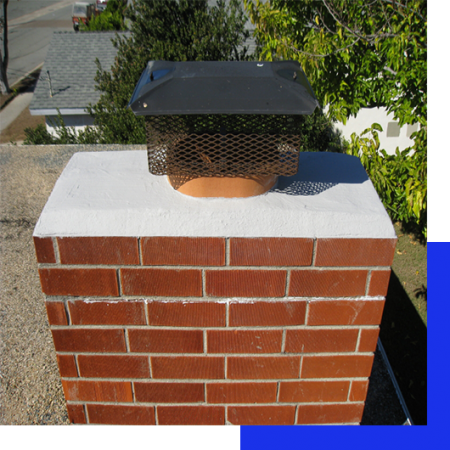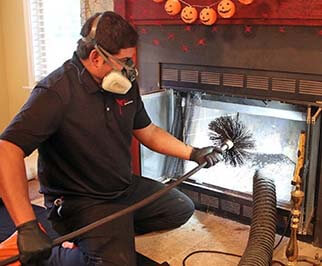
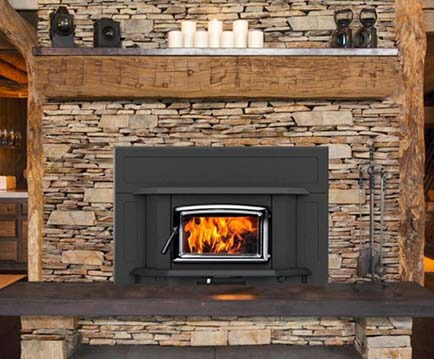
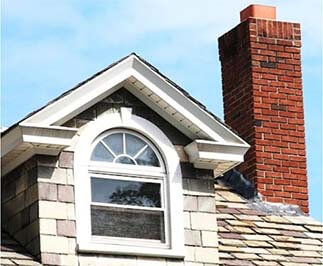
Of the relative multitude of tasks you scramble to keep steady over in your home (cleaning metal, cleaning grout, tidying up mold, routine cleaning), chances are, chimney sweeping isn’t at the first spot on your checklist. While you’re cozied up before the chimney looking into the popping blazes, dirty development and combustible buildup aren’t by and large heartfelt things to contemplate.
You can play out this home upkeep yourself, however most property holders enroll the assistance of a expert technician. It’s a possibly hazardous and exceptionally difficult undertaking and better left to the experts in most cases. Before you light up the chimney this season, you ought to do your due industriousness by having professional chimney sweeping and chimney repairing by your trusted specialist. Staying away from significant routine chimney support can cause huge risks not too far off. An expected 25,000 home flames a year start in the chimney.

Why schedule professional sweeping?
The lone answer is safety. Having your annual chimney sweeping forestalls home flames, that’s all there is to it. At the point when you consume a fire in your chimney, two things occur: Chimney ash develops, just as creosote, which is a weighty, thick, sleek buildup like tar that is a side-effect of consuming wood. While ash is all the more effectively removable, creosote adheres to the stack lining, which can be hazardous on the grounds that it’s incredibly combustible. To summarize it, the more creosote, the higher the danger of fire.
All things considered, a few property holders keep on ignoring this huge danger, and don’t take appropriate measures with regards to chimney stack cleaning. At the point when houses were warmed by chimneys, prior to the Industrial Revolution, chimney services were in demand as 19th century property holders appeared to acknowledge how significant a perfect chimney stack was to staying away from house fires. An enormous number of house fires start when creosote (a carbonaceous compound) develops on the inside of your chimney.
In the 21st century, staying away from a house fire is comparably significant. Despite the fact that most contemporary property holders utilize their chimneys for comfort or have distant controlled gaseous petrol flares to fuel their flames, the larger part actually use wood to consume and are powerless to create development in their dampers and pipes. Property holders are asked to have their smokestacks examined for creosote development and cleaned if important in the spring of every year.
Chimney fires are described by uproarious breaking or popping clamors and a ton of thick smoke from the pipe, yet in many cases go undetected by the property holder. Such fires are frequently explosive, and it is entirely expected for neighbors to hear the blasts and alarm the homeowners. Chimney flames can consume at very high temperatures. In order to prevent more future issues, call a professional chimney sweep today.
Approaches to Stop Chimney Fires:
1. Reduce creosote build-up to stop fires.
The main offender of chimney fires is creosote. This highly combustible, dark brownish material layers chimney walls when byproducts of a fire (smoke, vapor, as well as unburned wood) condense as they move from the hot fireplace or wood stove into the cooler chimney. If the temperature in the chimney flue (the space inside the chimney) is high sufficient, as well as the creosote accumulation thick sufficient, creosote can catch fire– and that fire can spread as well as move up the flue. You don’t have to worry about such problems anymore because you can always call for expert chimney cleaning.


2. Arrange an annual evaluation.
Expert chimney service technicians will certainly educate you of any kind of damage and, if desired, repair it in addition to eliminating soot, creosote, or blockages such as animal nests. Due to the fact that several defects that result in fires, such as a broken flue lining, aren’t visible to the nude eye, it’s important to have a Local Sweep Chimney Cleaning Winnetka area to examine your fireplace or woodstove, chimney, as well as airing vent system annually. Together with the inspection you ought to schedule for expert chimney cleaning as well.
3. Mount a cap.
Leaves and pet nests inside a flue can quickly sustain a fire when touched by loosened embers from a fire. A chimney cap on the crown around the outdoors opening of the chimney flue will certainly maintain particles as well as animals out. The cap will certainly likewise stop “back puffing,” wherein escaped smoke from a fire comes back the chimney and afterwards the home. Caps likewise prevent acidic rainwater from going into and also rusting the chimney.
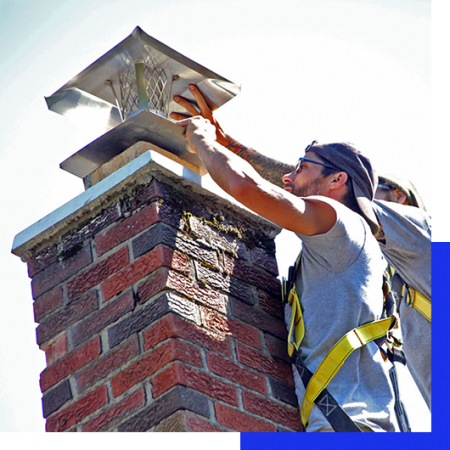
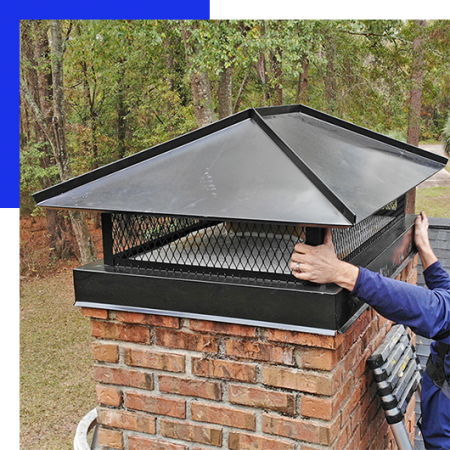
4. Usage risk-free fire beginners to avoid unwanted fires.
Always stay with the best fire starters when selecting gas, kindling, as well as wood.
- Well-seasoned wood or CSIA-approved logs are the only gas you must use in your fireplace or wood stove. Never ever utilize gas and kerosene to start a fire– these fluids are very combustible as well as combustible and also can rapidly develop a blaze. Also, do not burn coal unless you have actually got a coal-burning wood stove because it can significantly raise the temperature of the chimney flue, raising the risk of a chimney fire.
- For kindling, stay with dried out branches or branches. Cloth is a poor option– it releases big quantities of smoke when it melts. Use torn or folded old paper or yearn cones for tinder. Never ever use cardboard or glossy paper (like publication pages) as tinder because both consist of chemicals that can send out toxins right into the chimney and also the residence when shed.
5. Utilize clean burning methods.
Low-temperature, slow-burning fires, especially those delegated to smolder overnight, create more smoke and also leave behind much more unburned flammable material. When that sets right into creosote on the chimney walls, there’s an increased threat of chimney fires. Hot, fast-burning fires, on the other hand, leave much less smoke, vapor, and unburned wood behind, so little to no creosote kinds.
